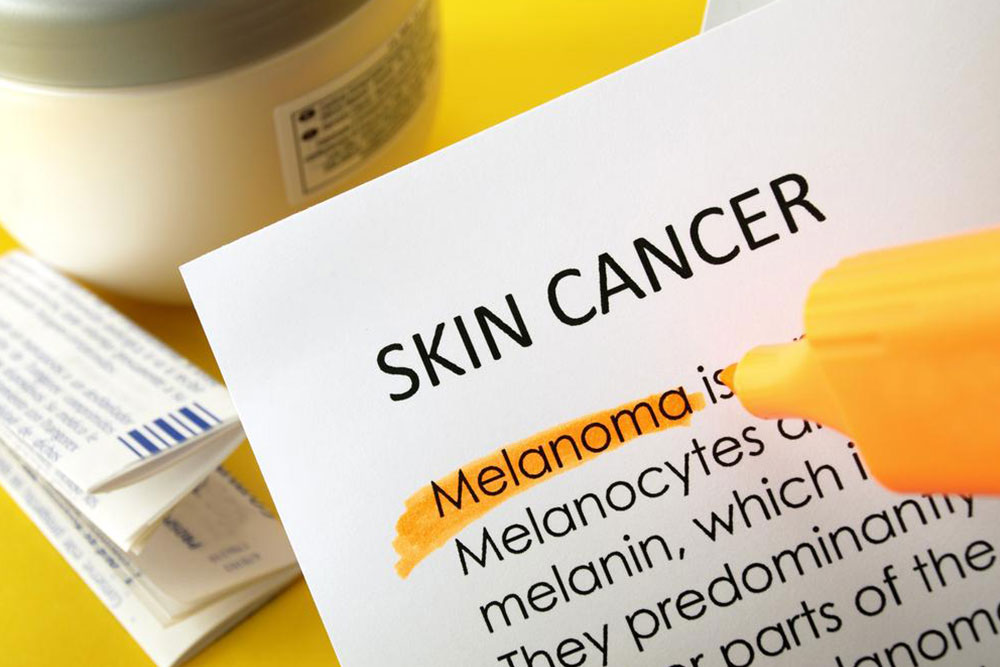An overview of skin cancer
Skin cancer is the abnormal or malignant growth of skin cells. The disease has been categorized into three major types. These are named after the affected skin cells. The most common form of skin cancer is called basal cell carcinoma. The next common type is squamous cell carcinoma. The least common but the most dangerous type of major skin cancer is melanoma.
Other forms of less common skin cancer are atypical fibroxanthoma, merkel cell carcinoma, kaposi sarcoma (in blood vessels), skin adnexal tumors, cutaneous lymphoma and different types of sarcomas.
Causes: The cause of skin cancer is the mutations in the DNA structure of the cells.

Another possible cause is a weakened immune system.
Risk Factors: Other than UV exposure, there are several risk factors that can increase a person’s chances of getting skin cancer.
• Repeated severe cases of sunburns in people of all ages can cause skin cancer.
• Fair skin contains less melanin, so it is more susceptible to harm from the UV light.
• Red or blond hair; blue eyes or freckles are also risk factors for skin cancer.
• People living in high-altitude or warm climate regions are more at risk of sun exposure and thus skin cancer.
• Hereditary factors or family history of the disease can significantly raise a person’s risk of skin cancer.
• Exposure to arsenic or radiation.
• Moles that are abnormal in sizes and look irregular.
• Someone who has had skin cancer can develop the disease again in the future.
• Actinic keratoses are a type of skin lesions that indicate sun-damaged skin.
• Some sexually-transmitted viral infections can also increase skin cancer risks.
Symptoms: Different types of skin cancer develop symptoms specific to the disease.
• Basal cell carcinoma can appear as bumps with wax-like shine or as flat brown-colored lesions. Squamous cell carcinoma causes flat and scaly lesions or red nodules that are quite firm. Melanoma can appear as a big brown spot, a tiny lesion with different colors, dark lesions or a mole that changes in appearance and size.
• Kaposi sarcoma can appear as purple or red spots on the mucous membranes or the skin. Merkel cell carcinoma appears as shiny bumps on or under the hair or skin. Sebaceous gland carcinoma appears in the skin’s oil glands as firm bumps. It most commonly occurs on the eyelids.
• Basically, any abnormal-looking skin growth can indicate skin cancer.
Treatment: There are different treatment options for skin cancer such as surgery, radiation therapy and use of topical medications. Depending on the cancer, the doctor may employ other ways to remove cancerous cells such as cryosurgery, use of lasers and other medicines. However, it is possible to prevent most types of skin cancer.

